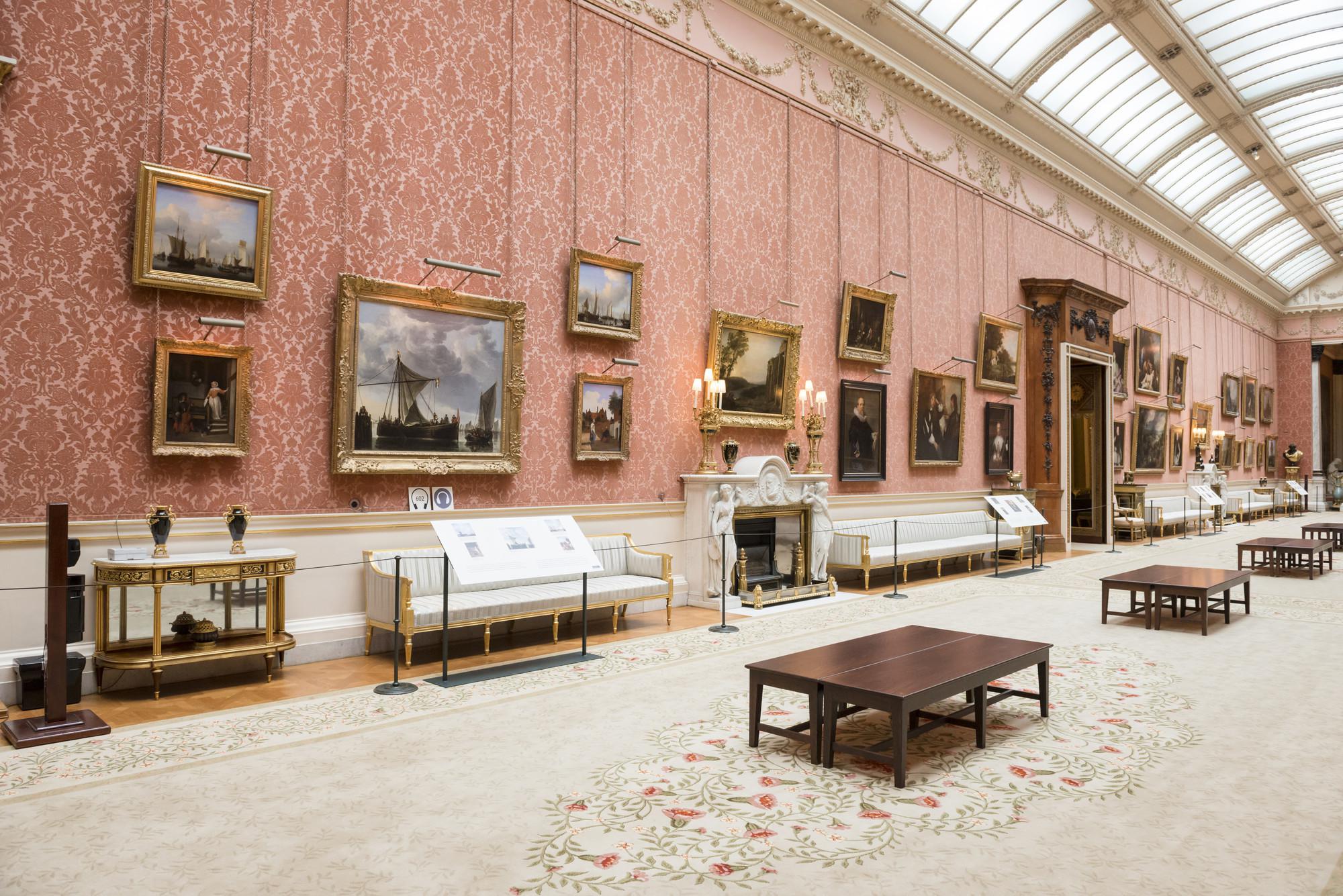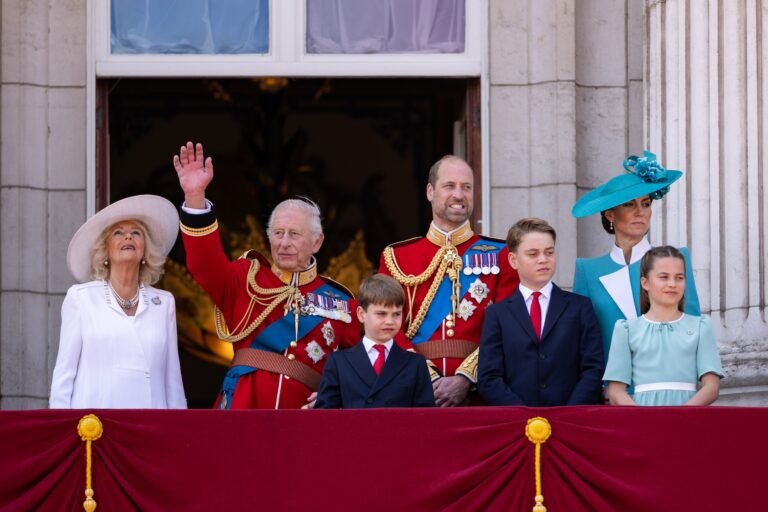A historic role created by Charles I to look after his personal art collection is to be removed at the Royal Collection Trust, after the pandemic has had a huge effect on its finances. The Surveyor of The Queen’s Pictures is to be ‘lost and held in abeyance’ until further notice.
Desmond Shawe-Taylor is the incumbent of the role, having been hired in 2005. The trust said the 65-year-old would leave as part of its restructuring plans.
Embed from Getty Images
Desmond Shawe-Taylor (R), Surveyor of The Queen’s Pictures, with Prince Charles at the Royal Academy’s ‘Charles I: King and Collector’ exhibition in 2018
In its latest annual report, the Royal Collection Trust explained it expected a £64 million loss of income this financial year. An emergency loan of £22 million from the government would have to “go hand in hand with a significant reduction in our operating costs”.
Shawe-Taylor has responsibility for The Queen’s art collection – held in trust for the nation by the Monarch – and it is regarded as one of the greatest in the world. He advises on displays, acquisitions to the collection and organisation of exhibitions. It is recognised as one of the most prestigious jobs in the art world, caring for dozens of Old Master paintings, watercolours by Queen Victoria and Prince Albert, and the world’s largest collection of Leonardo da Vinci’s drawings.
The latest exhibition that Shawe-Taylor worked on as Surveyor was ‘Masterpieces from Buckingham Palace’ at The Queen’s Gallery earlier this month.

A representative for the trust said that The Queen was “aware of all the activities of the Royal Collection Trust”.
Rufus Bird, Surveyor of The Queen’s Works of Art, and assistant to Shawe-Taylor, will also leave his position.
“As part of the Royal Collection Trust restructure, Desmond Shawe-Taylor, Surveyor of The Queen’s Pictures and chief surveyor, and Rufus Bird, Surveyor of The Queen’s Works of Art, will leave the organisation under the voluntary severance programme.
“The posts of Surveyor of The Queen’s Pictures and Surveyor of The Queen’s Works of Art will, for the time being, be lost and held in abeyance. The director of the Royal Collection, Tim Knox, will assume overall responsibility for the curatorial sections, supported by the deputy surveyors.”
The position of Surveyor of The Queen’s Pictures was created by Charles I in the year of his accession (1625). Having fallen in love with many of the ‘Old Masters’ on his failed trip to Madrid to woo the Spanish Infanta in 1623, he began collecting artworks.
The first postholder was Abraham van der Doort, who helped the King build up a collection of esteemed pieces, including Titians, Holbeins, Raphaels and Tintorettos. The King added to it with commissions from the likes of Van Dyck.
In 1639, van der Doort completed his inventory of Charles I’s collection, showing that Charles owned at least 700 works, rising to almost 2,000 by the end of his reign.
Following the regicide of 1649, art from the royal collection was sold to raise money for the new Commonwealth. Charles II, the executed King’s son, hired Flemish artist George Geldorp to recover sold items; the post has been continually occupied since then.
Bendor Grosvenor, art historian and presenter of BBC’s ‘Fake or Fortune’, told The Times: “The Royal Collection is one of the most extraordinary art collections in the world and regularly puts on some of the best exhibitions. But the position of the surveyor of The Queen’s pictures has always been fundamental to the collection’s success.
“It is a shame that it has taken Covid to end the continuous presence of the surveyor, which even the treachery of Anthony Blunt did not achieve.”
In 1945, Anthony Blunt took up the position and confessed to being a spy for the Soviet Union in 1964. Amazingly, he was allowed to remain in the job until he resigned in 1973, and was made immune from prosecution. Six years later, Blunt was exposed as a member of the Cambridge spy ring.









